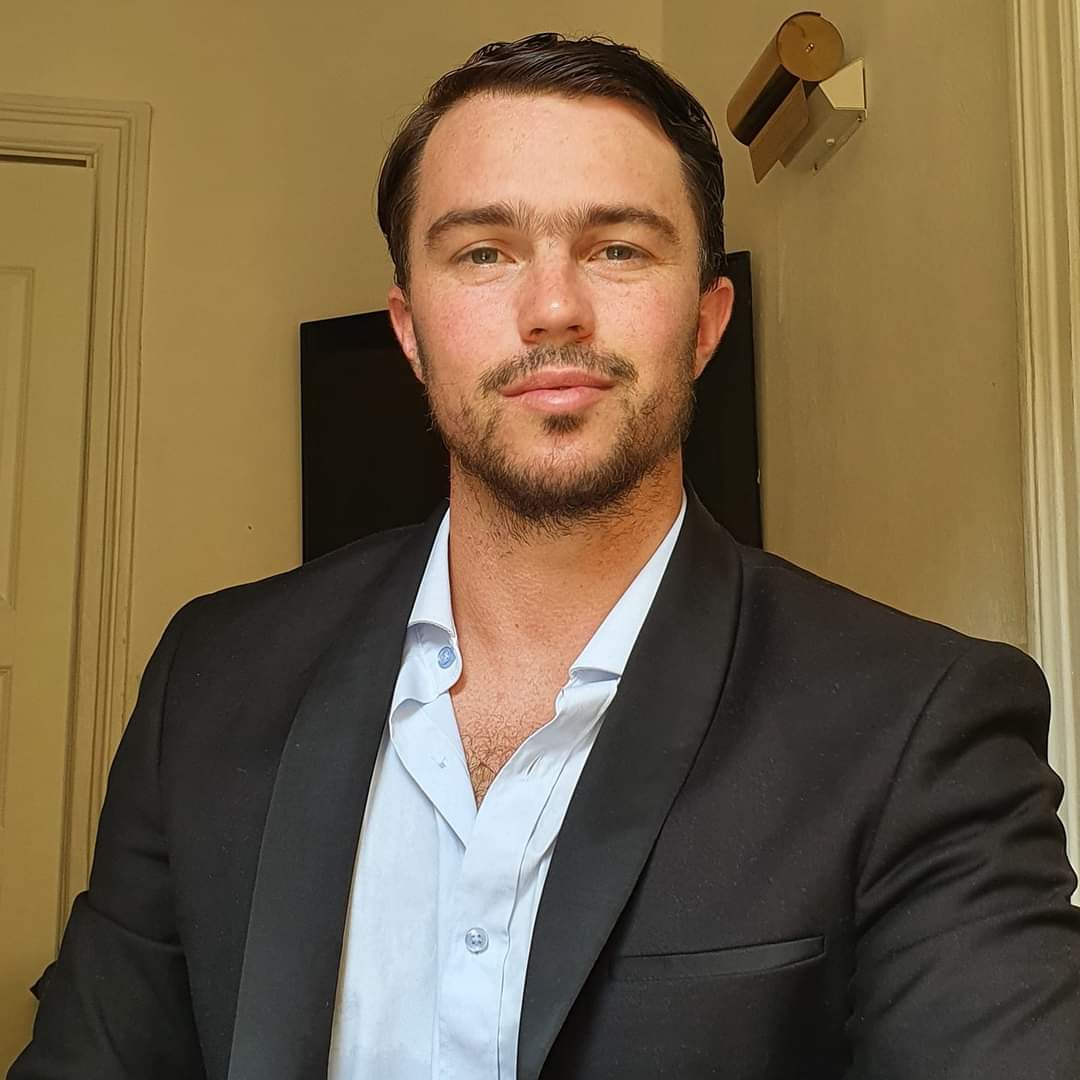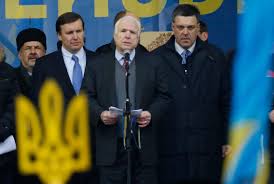The influence of neo-Nazis in Ukraine
- Sebastian Palacios.

- Mar 5, 2022
- 3 min read
Updated: Nov 17, 2022
The vast majority of Nazi movements in Ukraine date back to just before World War II started when Soviet dictator Josef Stalin shifted the borders of a region called Galicia located in eastern Poland and western Ukraine. Fascist groups from this region joined Hitler in the invasion of Eastern Europe to fight against the 'Polish and Soviet yoke'. The most famous Ukrainian fascist leader was Stepan Bandera, who ordered the massacre of more than 100,000 Poles and Jews between 1943 and 1945 after he proclaimed the birth of a 'new nationalist Ukrainian republic'. Between 2006 and 2013, Ukraine's pro-Russian political party became very popular within the urban and middle-class electorate. This had the effect of provoking also the radicalization and electoral strengthening, especially in the rural areas of the west of the country, of political parties of the extreme right that hate Russia.
In the 2012 presidential election, the largest of these far-right parties, called Svoboda, which means "freedom" in Ukrainian and has Stepan Bandera as its moral leader, obtained 10% of the national vote. During the 2014 Euromaidan revolution against the pro-Russian government of Viktor Yanukovych, these neo-Nazi groups were by far the most active and violent in the clashes that erupted in Kyiv. They received face-to-face recognition from then-US Senator John McCain and ultimately made possible the overthrow of the pro-Russian government with the US Embassy support. More than 100 people were killed in the Maidan protests, including 42 pro-Russian trade unionists who were burned alive by neo-Nazis in a union-owned building in the port city of Odessa.
With the establishment of a new nationalist regime, the government had to recognize the influence of the extreme right groups during the revolution, so the Svoboda party was invited to be part of a government coalition and was given control of the Ministries of Agriculture, Ecology and Natural Resources. In addition to this, two of its members held the top positions of Vice Prime Minister and Minister of National Security during a short-lived transitional government.
At the same time, when the civil war in the Donbas started, the Azov Battalion, an extreme right-wing militia, received founding and training from NATO to later join the Ukrainian regular army. Another neo-Nazi organization, called Pravy Sektor, composed of hooligans from Ukrainian soccer teams, was also institutionally recognized and one of its members obtained an important position within the National Police.
Despite that president Zelensky is Jewish, he appointed a neo-Nazi from the Azov Battalion, named Vadym Troian, as the chief of police of Kyiv at the start of his government in 2019. Furthermore, the vast majority of the fascist idols of current neo-Nazi movements in western Ukraine are today recognized by the central government and even honored as "national heroes".
On December 16, the UN General Assembly passed its annual resolution on “combating glorification of Nazism, neo-Nazism and other practices that contribute to fueling contemporary forms of racism, racial discrimination, xenophobia and related intolerance” with 130 countries voting in favor and only two in opposition. But the two countries that voted against were the United States and Ukraine. Finally, the neo-Nazi groups have committed enormous atrocities during the civil war in the Donbas region against the pro-Russia population and are now used by Putin as an excuse to invade Ukraine. Their influence in this conflict is indeed very important but not as much as the Kremlin states.
https://www.ctvnews.ca/mobile/world/far-right-extremists-in-ukrainian-military-bragged-about-canadia
https://www.newsweek.com/evidence-war-crimes-committed-ukrainian-nationalist-volunteers-grows-269604











Comments